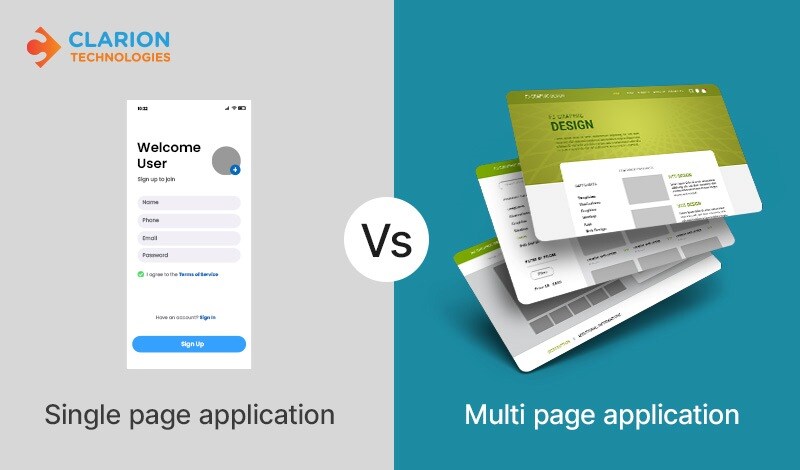SPA vs MPA: A Complete Guide
 TWINKLE LAKHMANI
TWINKLE LAKHMANI
SPA vs MPA: The Ultimate Showdown
Hey there, web warriors! Today, we're tackling the epic battle between Single Page Applications (SPAs) and Multi Page Applications (MPAs). Get ready to dive deep into the pros and cons of each approach and discover which one reigns supreme for your website.
Understanding the Jargon
Before we get into the nitty-gritty, let's break down what these acronyms actually mean.
Single Page Application (SPA)
An SPA is like a sleek, modern mobile app, but in website form. Everything happens on a single page, making for a smooth and speedy user experience.
Multi Page Application (MPA)
MPAs are the traditional way of building websites. Each page is loaded separately, and you navigate between them using links. It's like flipping through a book, one page at a time.
The SPA Experience
Smooth Operator
With an SPA, everything feels seamless and fast. No more waiting for pages to load or dealing with clunky navigation. It's all about that smooth, app-like experience.
Under the Hood
SPAs use JavaScript to dynamically update the content on the page. This means that only the necessary data is loaded from the server, keeping things snappy and responsive.
Pros and Cons
✅ Seamless user experience
✅ Great for interactive web applications
❌ Can be trickier to develop
❌ SEO might be a challenge
The MPA Way
Tried and True
MPAs are the classic approach to website building. Each page is loaded separately, and you navigate between them using links. It's like a trusty old reliable car – it gets the job done.
Perfect for Static Content
MPAs are ideal for websites with a lot of static content, like blogs or e-commerce sites. They're also great for SEO, as each page has its own unique URL.
Pros and Cons
✅ Good for SEO
✅ Easier to organize content
❌ Can feel slower compared to SPAs
❌ Development process can be more time-consuming
Factors to Consider
When choosing between SPA and MPA, there are a few key factors to keep in mind:
User Experience: Do you want a smooth, app-like feel or a more traditional website experience?
SEO: Is search engine optimization a top priority for your site?
Development Complexity: Are you comfortable with JavaScript frameworks, or do you prefer a simpler development process?
Performance: Is speed and responsiveness crucial, or can you afford a slightly longer load time?
The Final Verdict
At the end of the day, the choice between SPA and MPA depends on your specific project needs. Consider your target audience, the type of content you're presenting, and your development team's expertise.
Whichever approach you choose, remember that the ultimate goal is to create a website that's user-friendly, engaging, and delivers value to your visitors. Whether you go with an SPA or an MPA, focus on crafting an exceptional user experience and providing top-notch content.
Wrapping Up
There you have it, folks! The ultimate showdown between SPA and MPA. We hope this guide has helped you understand the differences between these two approaches and given you the knowledge to make an informed decision for your next web project.
Remember, whether you choose the smooth and speedy SPA or the tried-and-true MPA, the key is to create a website that your users will love.
Happy coding, and may your websites be awesome!
Subscribe to my newsletter
Read articles from TWINKLE LAKHMANI directly inside your inbox. Subscribe to the newsletter, and don't miss out.
Written by
